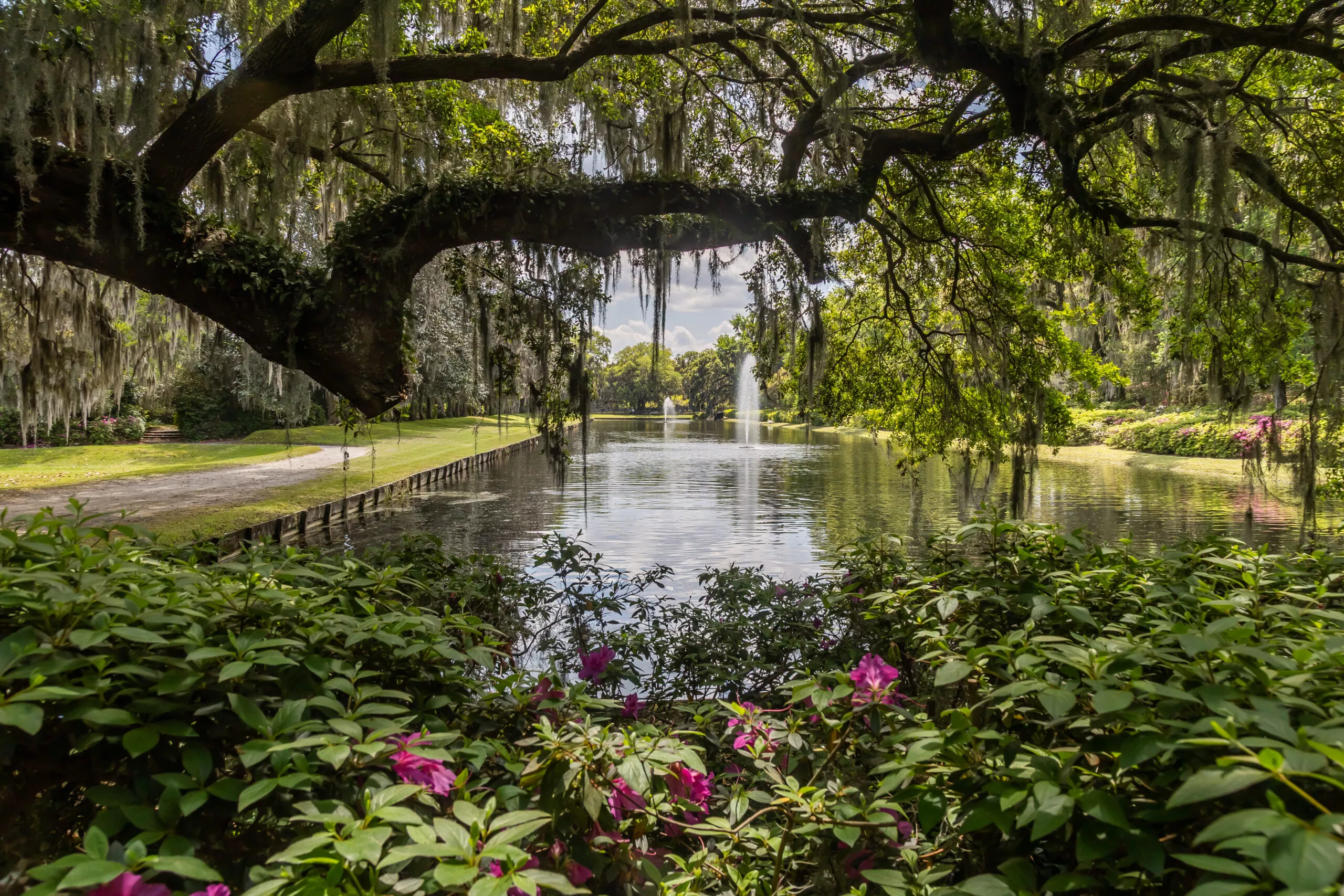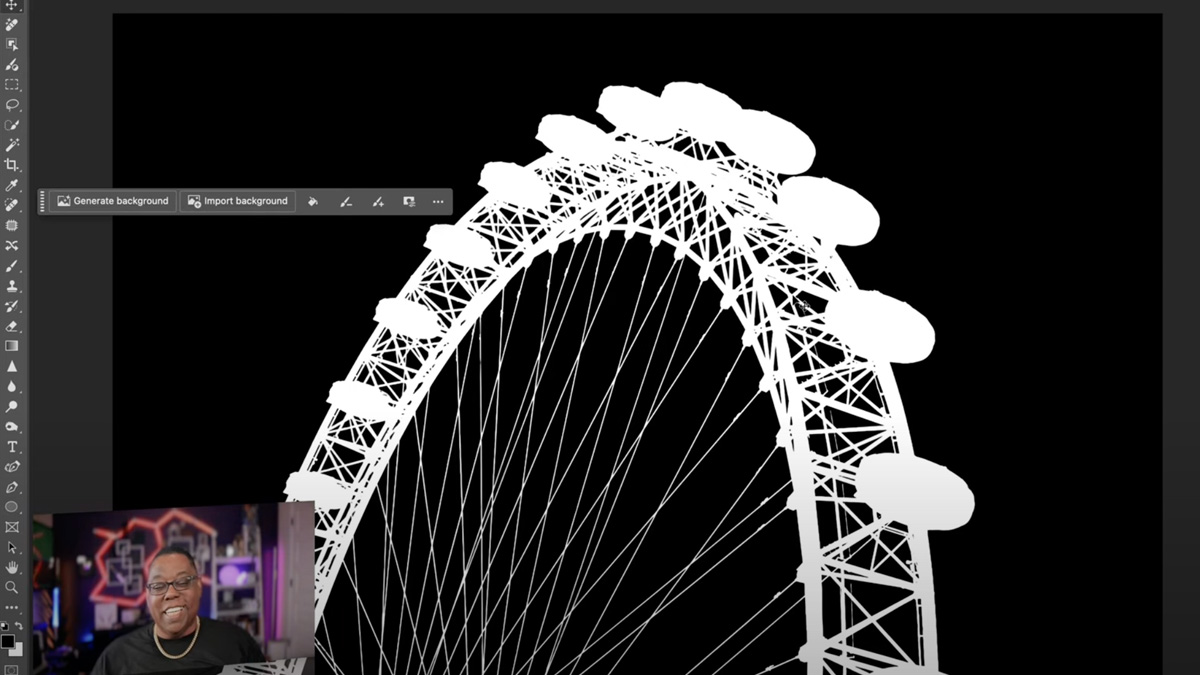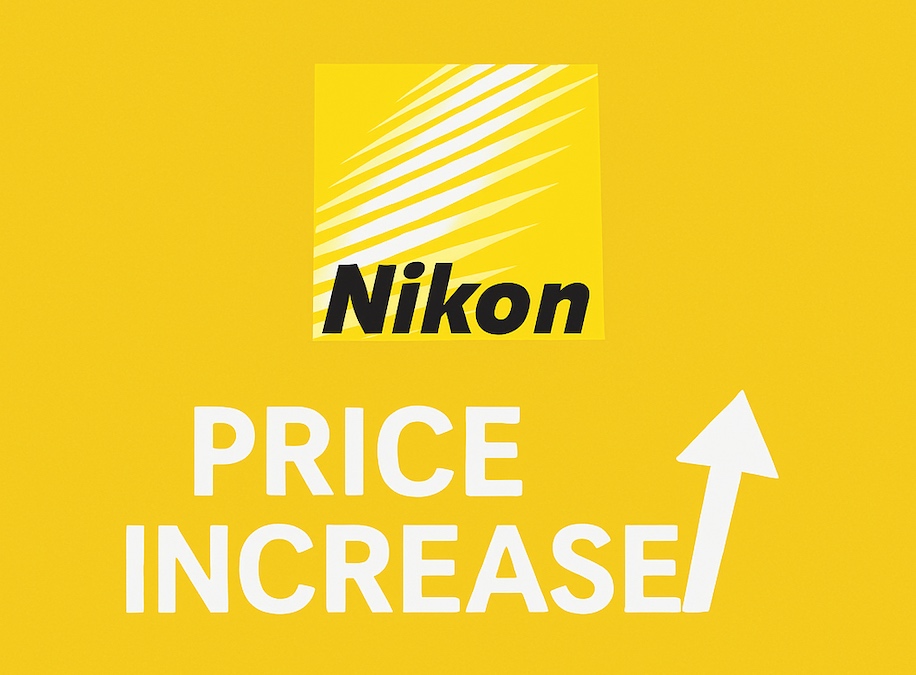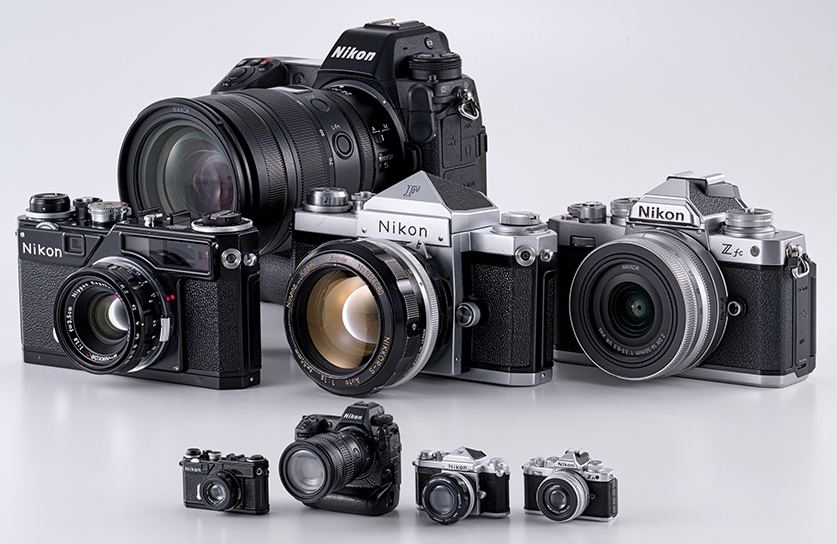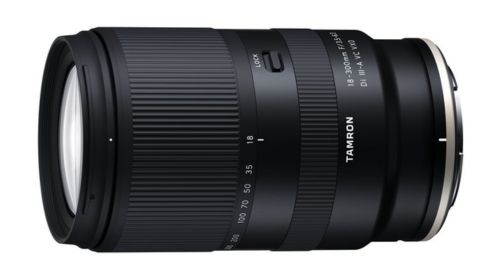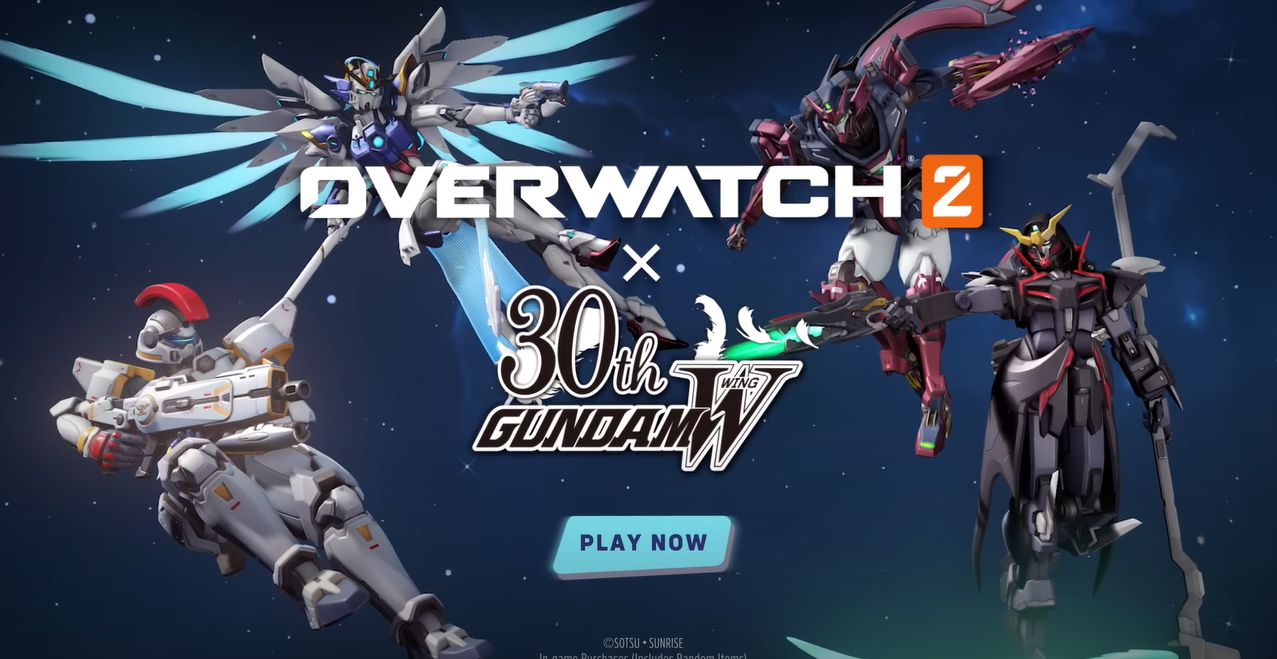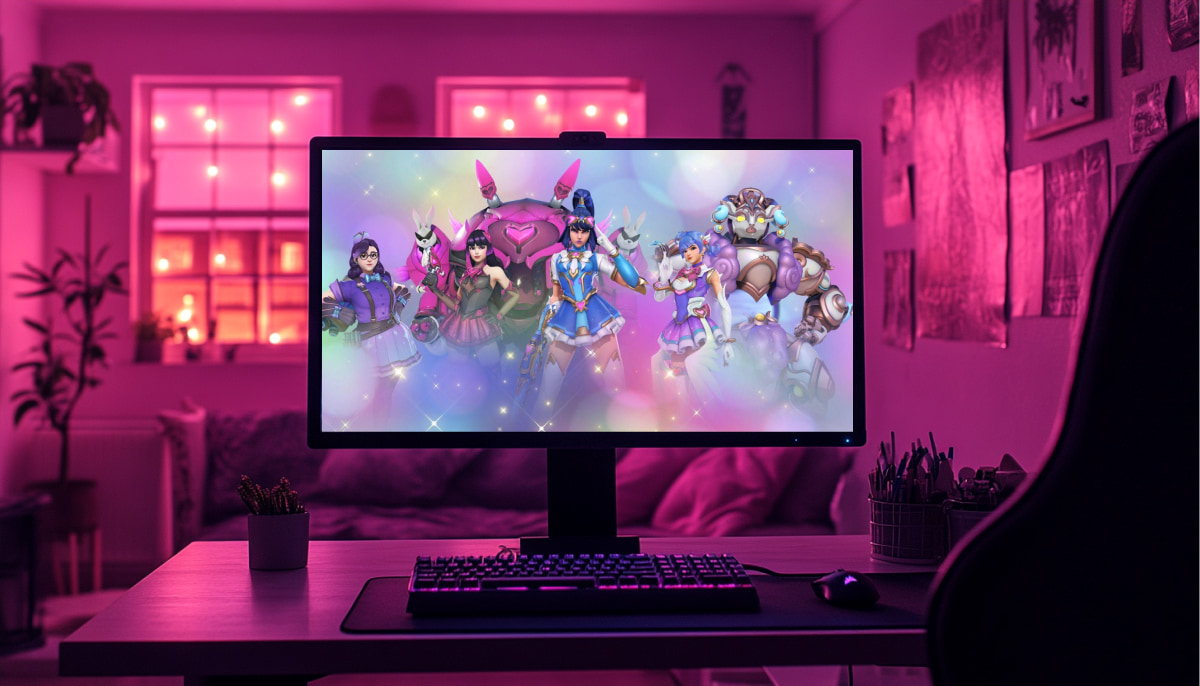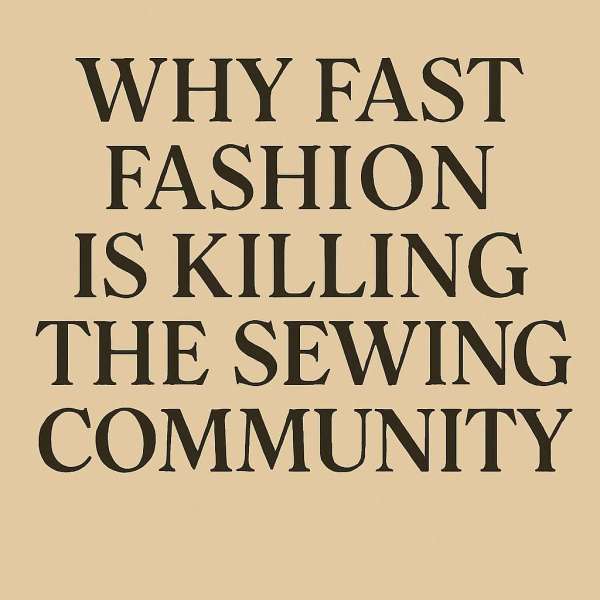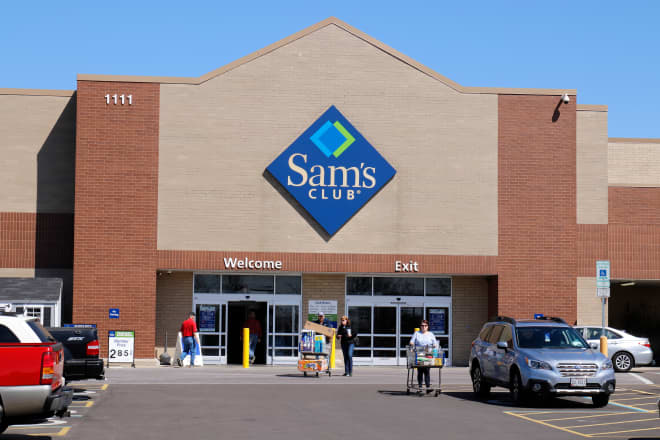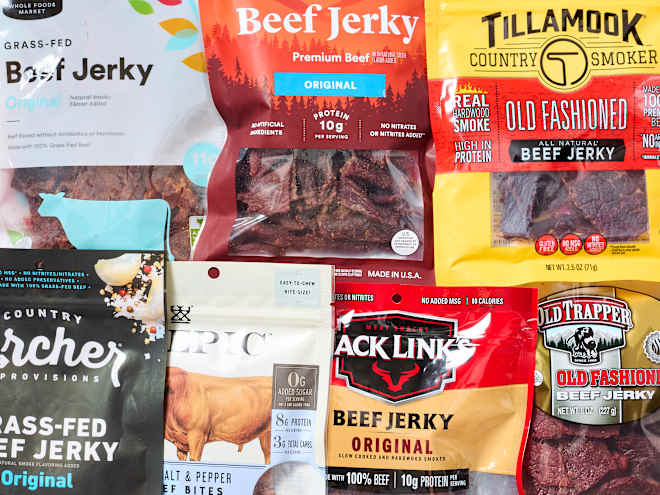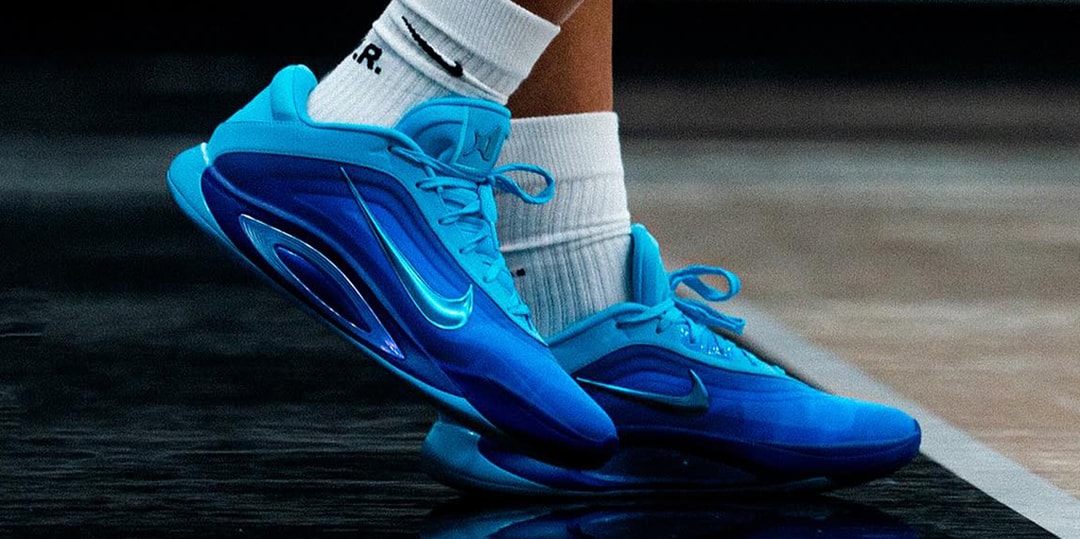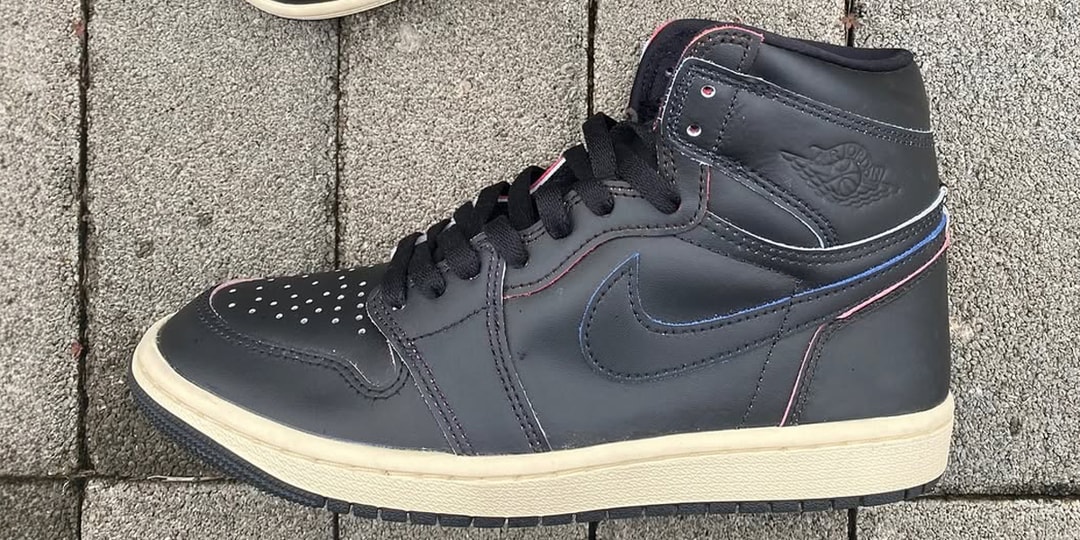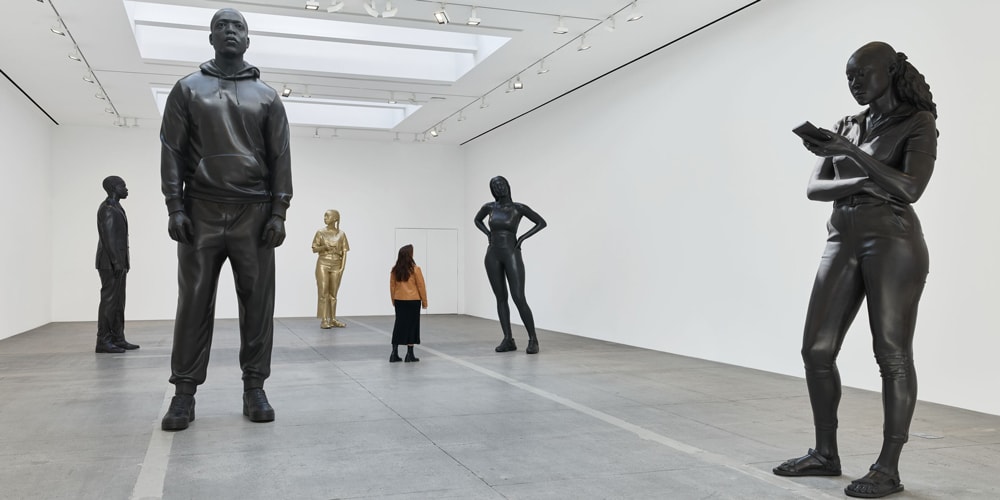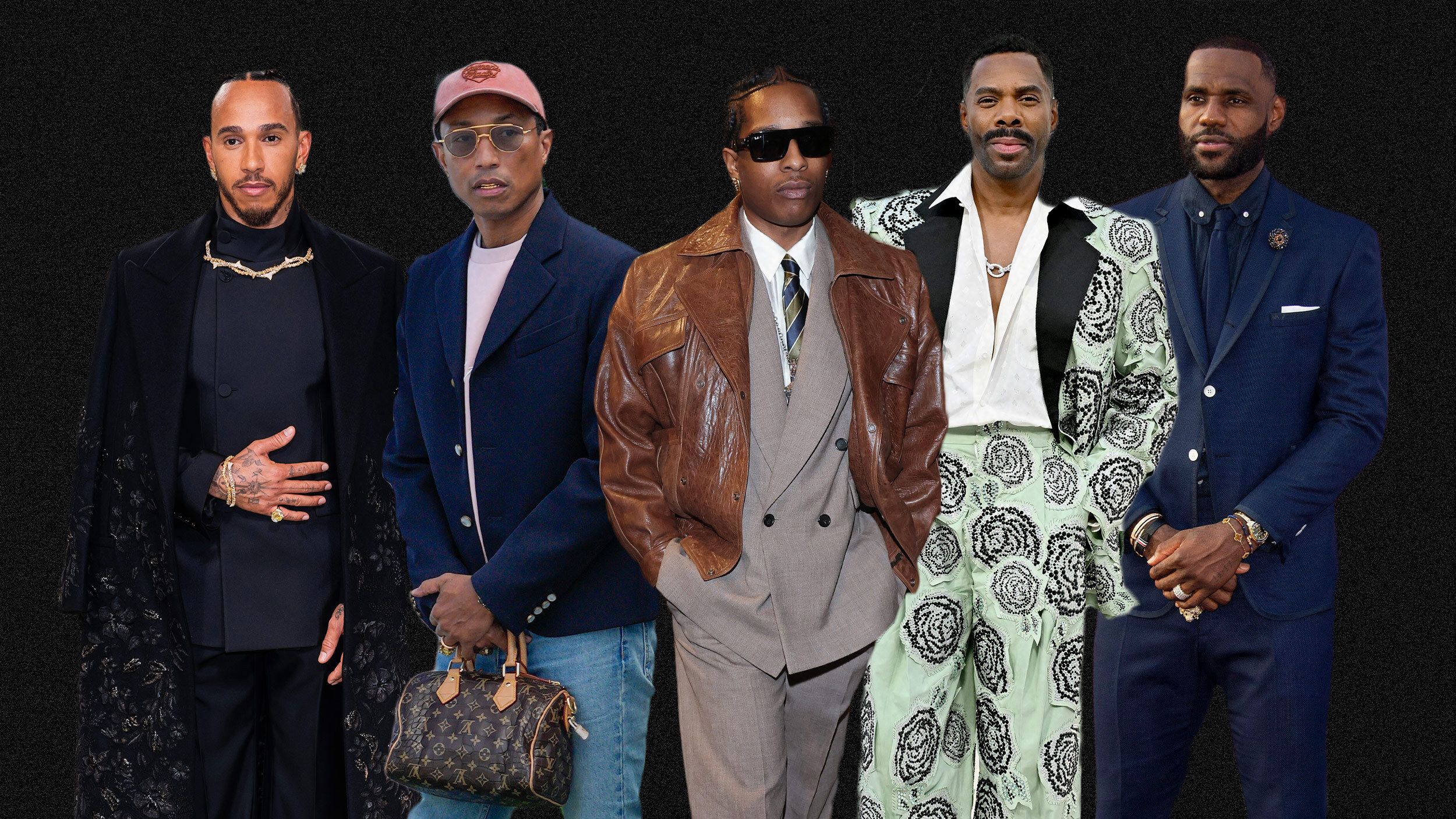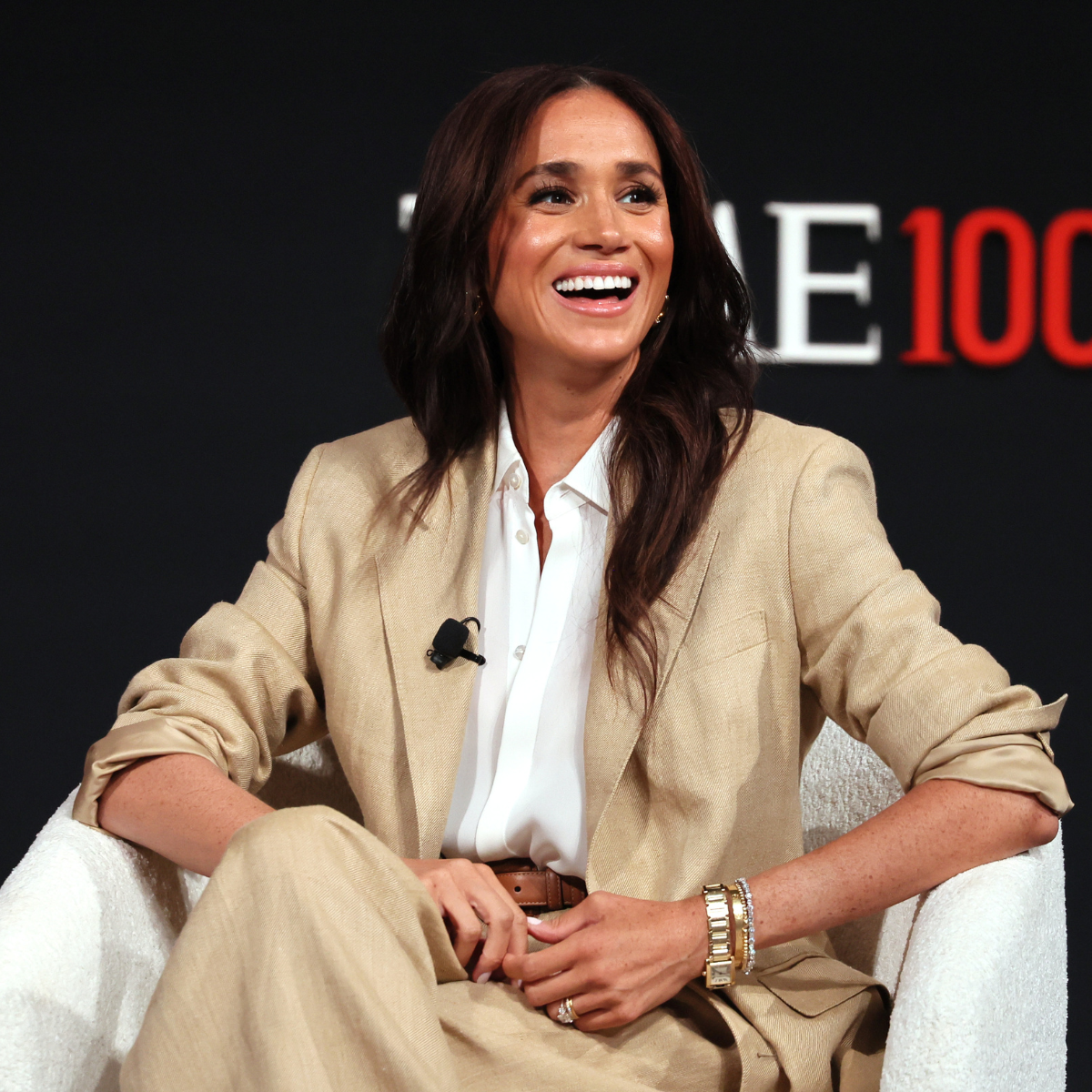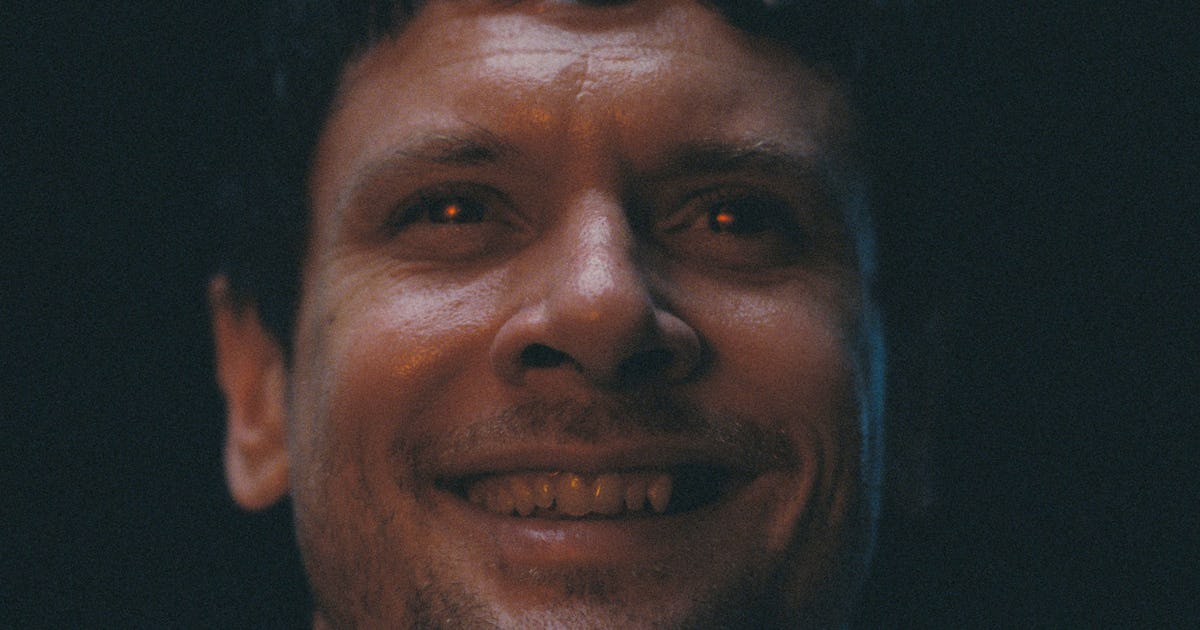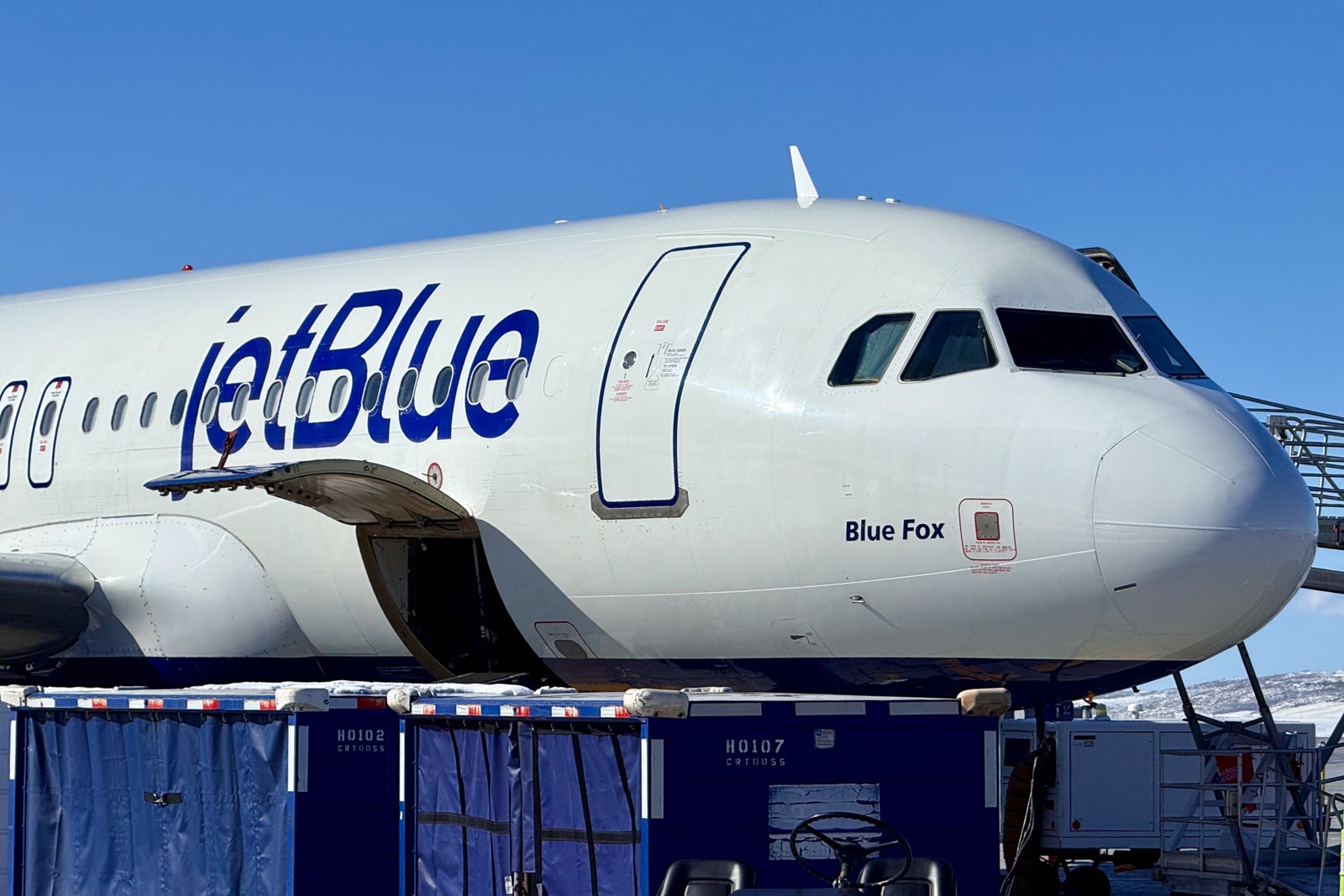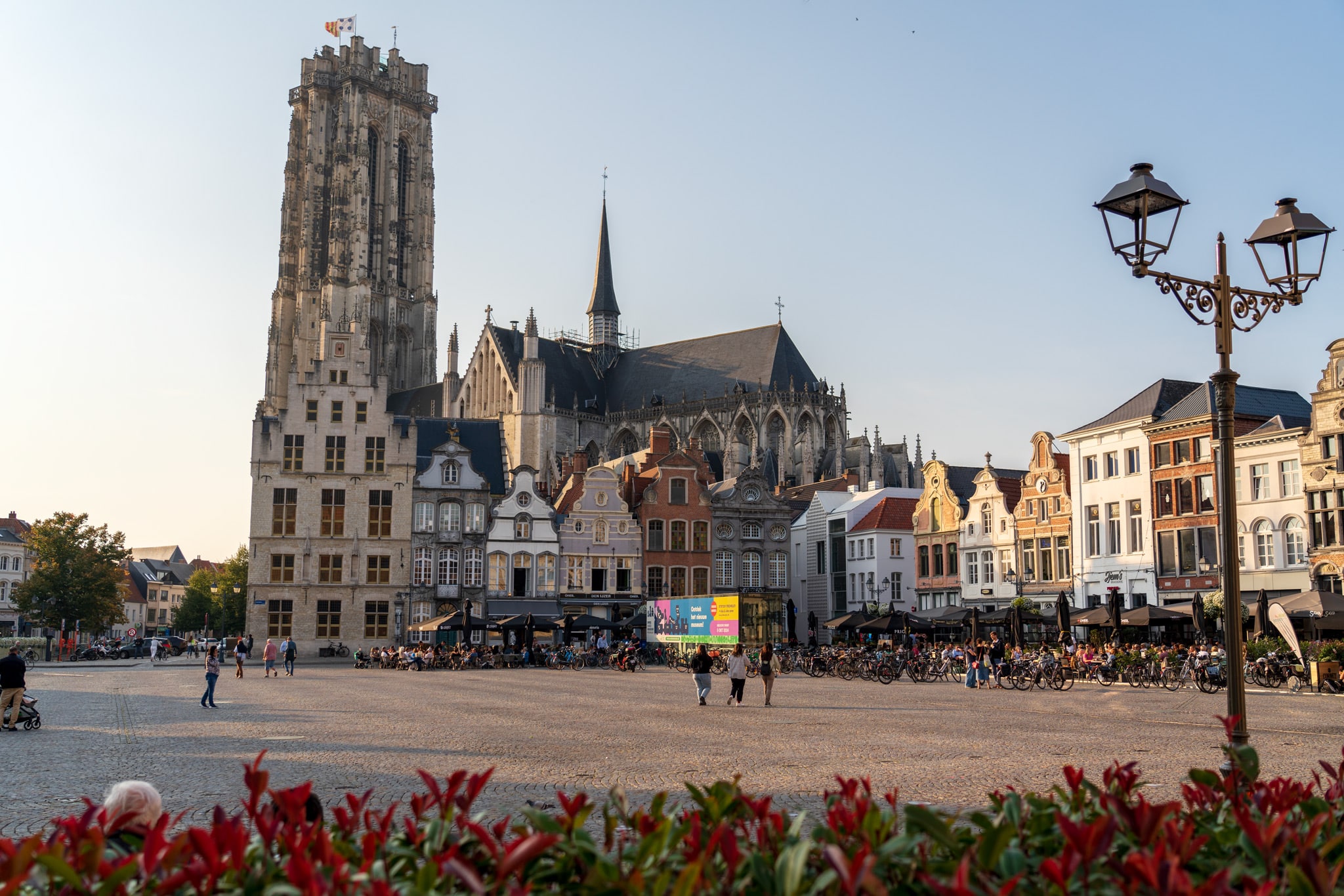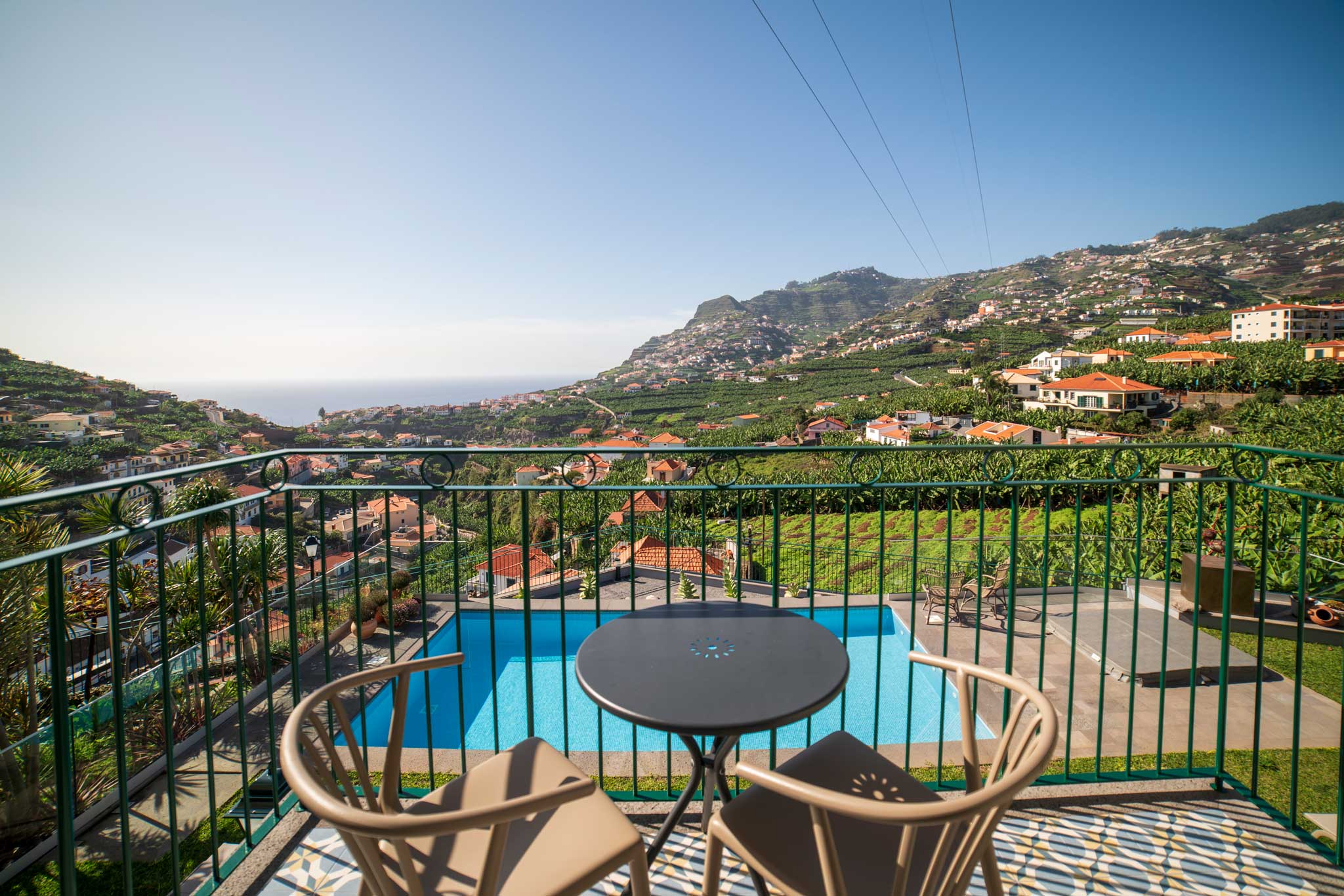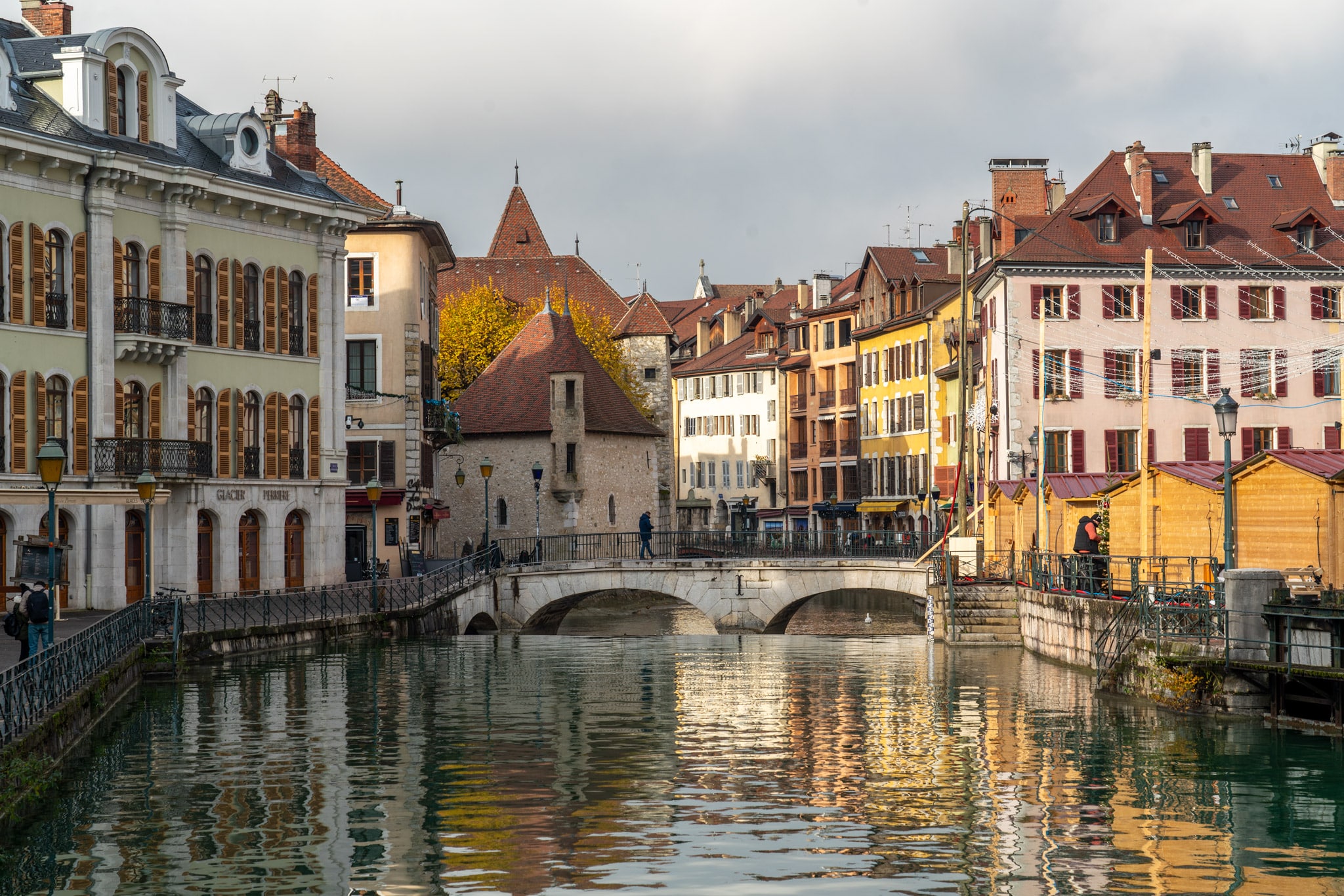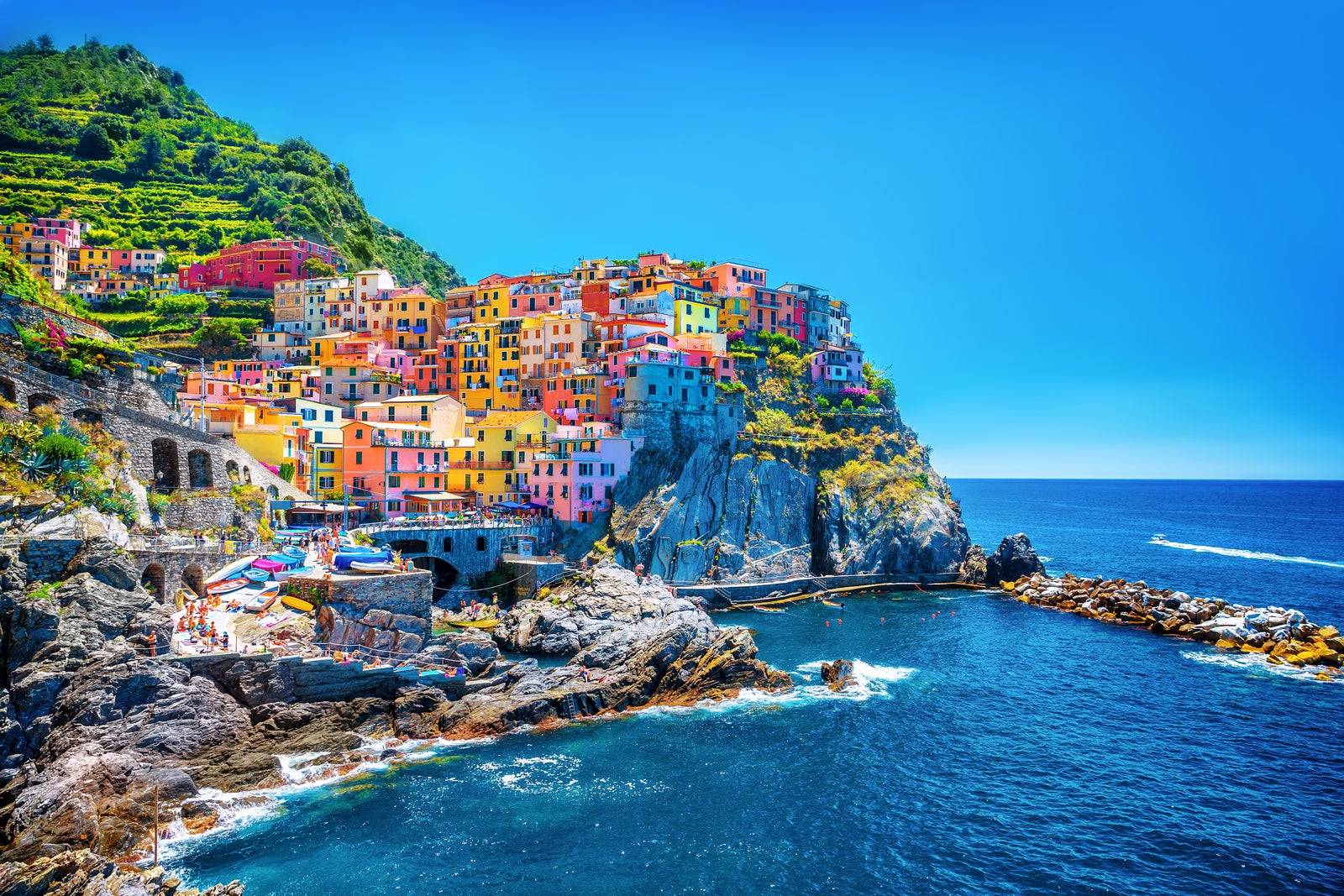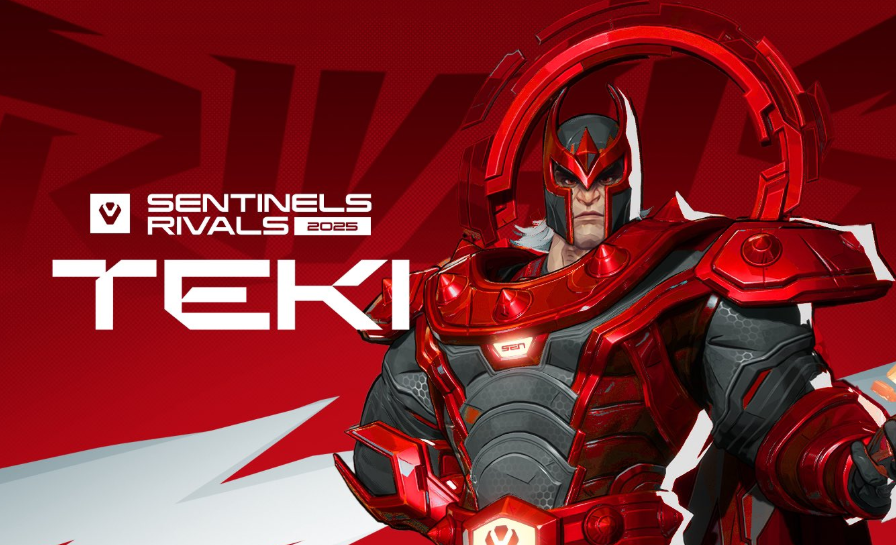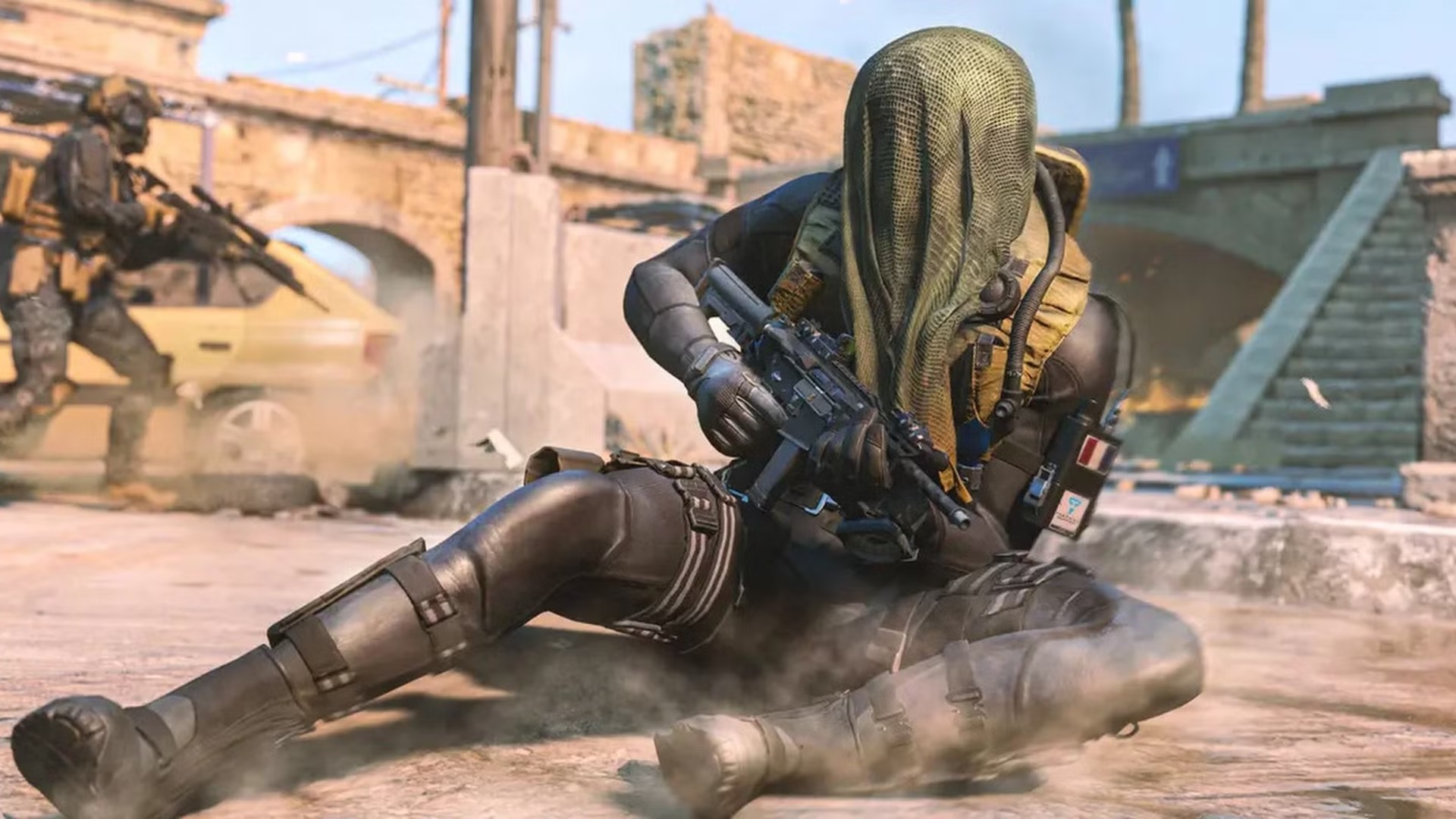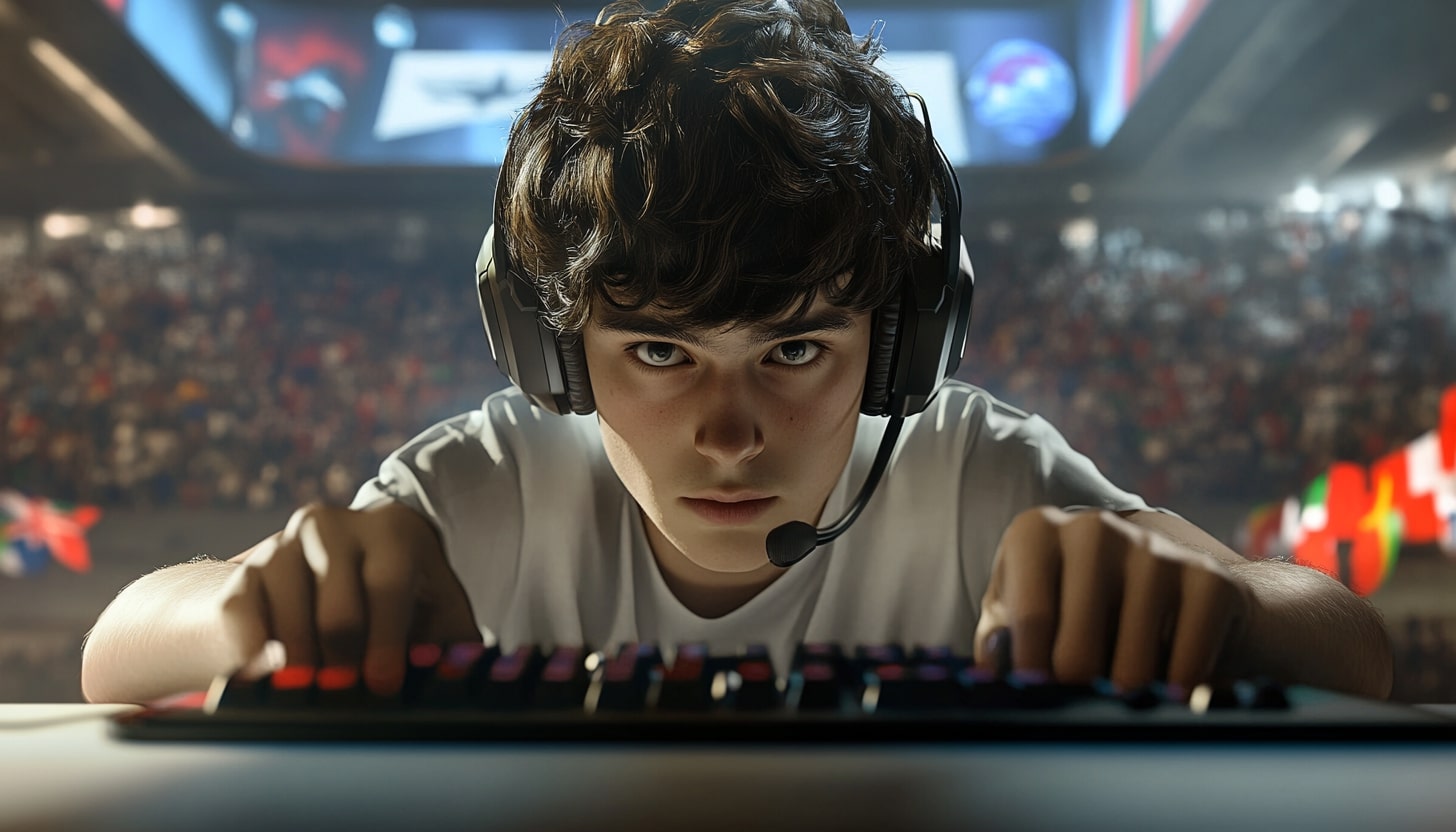What kept the Call of Duty League alive while the Overwatch League couldn’t survive?
The downfall of the Overwatch League (OWL) is now a case study for what not to do when setting up a competitive ecosystem for a new esport. However, its sister circuit, the Call of Duty League (CDL) is still alive and well, despite sharing what was considered the biggest mistake of Blizzard’s approach to competitive … Continued The post What kept the Call of Duty League alive while the Overwatch League couldn’t survive? appeared first on Esports Insider.
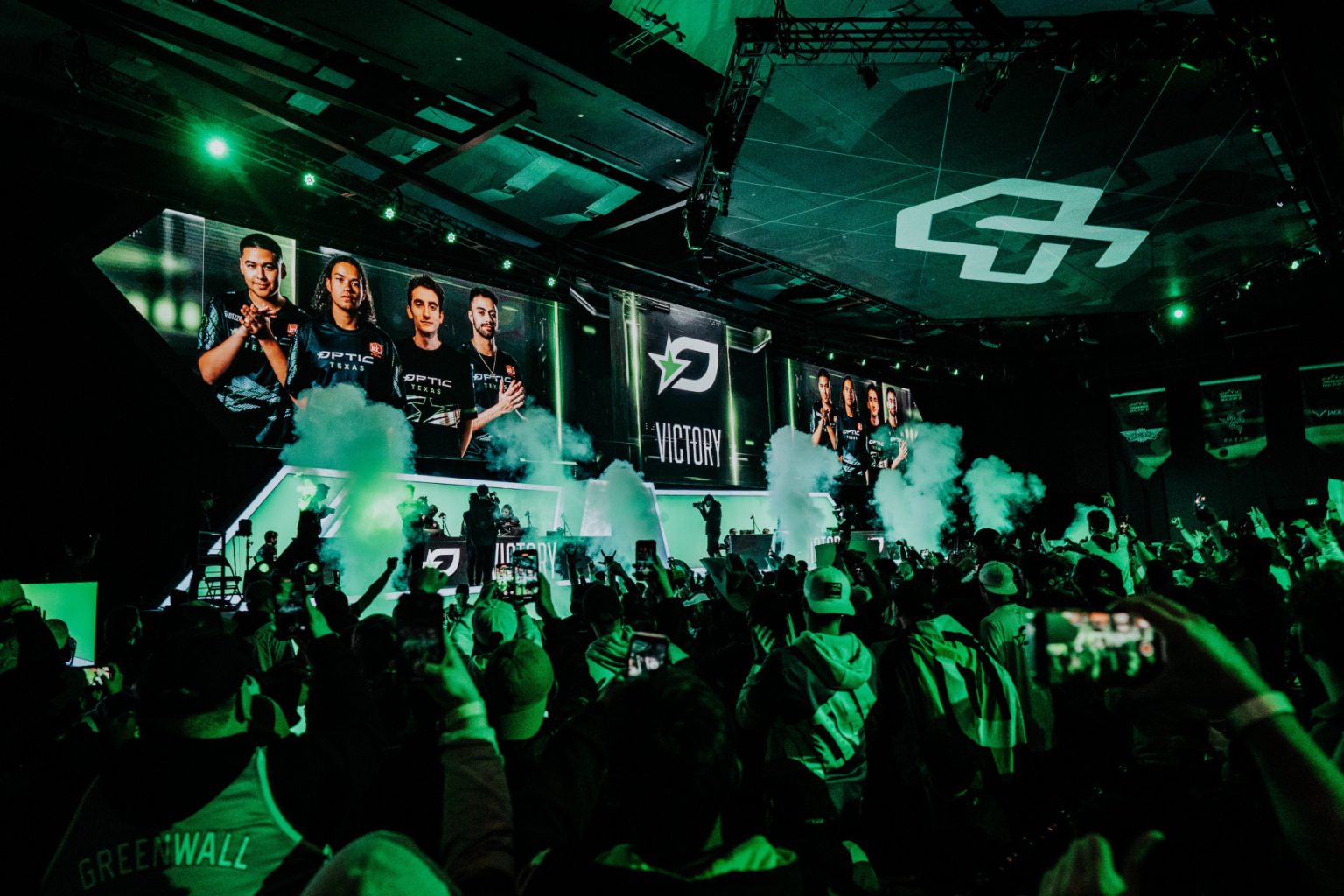

The downfall of the Overwatch League (OWL) is now a case study for what not to do when setting up a competitive ecosystem for a new esport. However, its sister circuit, the Call of Duty League (CDL) is still alive and well, despite sharing what was considered the biggest mistake of Blizzard’s approach to competitive gaming: a city-based franchise system. So what made the difference?
The CDL is still alive today because, from the start, it was a less ambitious and North America-focused project. The Overwatch League, meanwhile, started as a global competition with esports organisations from around the world believing in Activision Blizzard’s promise of being a part of the future of entertainment.
The Overwatch League was born with a clear and grand vision for itself: create a city-based globetrotting circuit to sell venue tickets to scores of adoring local fans. The foundation for these big ambitions were definitely there: in 2016 Overwatch won the Game of the Year Award after having a very successful beta and an even more successful launch. Millions of copies were sold around the world, even in the esports-hungry market of China.
This prompted Blizzard’s CEO at the time Bobby Kotick to bet on this model and ask participating organisations for an astronomical $20mto become one of the privileged teams that were going to be part of this venture. Problems, however, started immediately as the first competitive year did not globetrot around the world but was stuck in Los Angeles.
The quality of the spectacle wasn’t always good, either, but viewership numbers were strong enough to keep organisers and investors (who were already losing money on the circuit) going, in hopes of making it big the following year.
2020 was supposed to be the year for the model to finally kick off: international stages were announced and the official season was supposed to take place all around the world. Some events took place in sold-out venues at the start, but then the lockdowns hit, thwarting any hopes for a profitable year.
The pandemic dealt a huge blow to the Overwatch League, but the signs of collapse were already built into the model. All the travelling for so many teams — going from Europe to North America, to China and to Korea — was extremely expensive. The stress on players having to cross time zones was immense and the margins for organisers and teams were paper-thin if not non-existent.
One glimmer of hope came with the announcement of Overwatch 2, but not even having the entire League play on the sequel (while nobody else could access the game because it was still in development) was enough to keep investors on board. When requests for entry fee refunds and revenue share programs started flooding in, Activision decided to pull the plug and cut everyone’s losses.
One emblematic incident that perfectly explains why the international league model was what killed OWL in the first place took place in 2021, when the top teams from the western division had to be flown to Hawaii so that the reduced latency to Asia would allow for fair competition at the highest level.
The Overwatch League was expensive, needlessly exclusive (because of the franchise model) and suffered from the unwillingness of the developers to implement balancing systems like hero bans (which got in the game only recently), resulting in samey matches and a not-so-enthusiastic audience.
The Call of Duty League, while retaining a city-based franchised model, went almost the opposite way. Since the beginning, it’s been based in the United States and Canada, where the bulk of thisvideo game audience resides, and has partnered with a lot of organisations owned or operated by sports clubs.
On the event side, the CDLnever left North America, ensuring relatively cheap travel costs for teams and fans, and has doubled down on what makes the game popular: the military power fantasy at the heart of Call of Duty. Instead of travelling every weekend, some teams would host a Home Series with teams from the entire league visiting one particular city, encouraging the tourism industry, then culminating in a Major Event.
The fact that the Overwatch League was struggling to get to the top while the game was at one of its lowest points also didn’t help. Call of Duty relies on its yearly release to fix gamers’ complaints, but Overwatch can’t do that. Iits development team (until the last couple of seasons) has always been slow to respond to player feedback.
Now, Overwatch has its new OWCS ecosystem with FACEIT and an open circuit that is slowly growing, while Call of Duty keeps reaping the rewards of its strategic decisions early on. Many of the CDL’s good decisions, however, were born of the failures of the OWL: that’s why the two competitions will always be linked, one way or another.
The post What kept the Call of Duty League alive while the Overwatch League couldn’t survive? appeared first on Esports Insider.






























